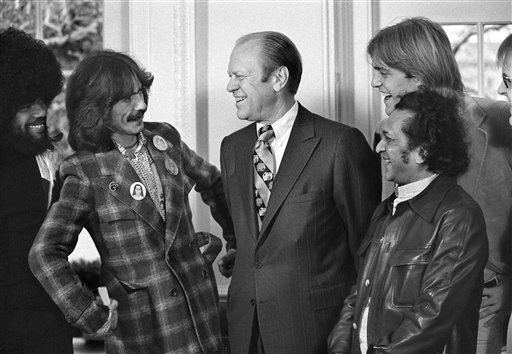James Brandon Lewis' new album Days of FreeMan was released last week. I've been listening to it non-stop. A smorgasbord of bass (Jamaaladeen Tacuma) and drums (Rudy Royston) led by Lewis' tenor sax, Days of FreeMan is an homage to Hip Hop of the 1980s and 1990s.
A good review by Jeff Simon of The Buffalo News just appeared:
“I didn’t grow up a hip-hop head,” says James Brandon Lewis, “but where I grew up in Buffalo, New York, on Freeman Street, the sound of hip-hop was ubiquitous. I decided to go back and explore that time through music.”
Don’t look now but the most spectacular marriage of jazz and hip-hop yet just came from an utterly extraordinary young tenor saxophonist from Buffalo who, quite frankly, makes Robert Glasper seem anemic and academic.
He’s been living and working in New York for years but “Days of Freeman” is an extraordinary musical autobiography of growing up in Buffalo where Lewis remembers “times being filled with nicknames, block parties, street football and my older brother being the ‘deejay’ of the household while my mom would be yelling ‘turn that crap down.’ ”
Here is a musical memoir in four chapters, whose first chapter is called “Buffalo Braves.” It’s a formidable musical memoir in which we hear, all through it, tiny snippets of Lewis’ grandmother philosophizing and reminiscing about hearing Mahalia Jackson in her church and being free in her life because she was taught how to love by her parents.
There are references to Wilson, N.Y., where “my family would fish and have fun times there.” We’re told in the publicity for “Days of Freeman” that the saxophonist poured over “hip-hop documentaries for up to eight hours a day” and dissected “albums by KRS-One, Digable Planets, Pete Rock and CL Smmoth, a Tribe Called Quest, Medeski, Martin and Wood, along with fearless jazz trumpeter Don Cherry’s 1985 album ‘Home Boy’ and Lauren Hill’s 1998 Masterpiece ‘Miseducation of Lauryn Hill.’ ”
This is an utterly extraordinary disc – magnificently ambitious and completely achieved because of Lewis’ most important musical partners – drummer Rudy Royston and, most important of all, the late Ornette Coleman’s phenomenal bassist in his prime time band Jamaaladeen Tacuma.
Even if it’s semantic news to listeners that, as Lewis says, “ ‘You know my steez’ is a common phrase in hip-hop referring to style, to be, to be yourself, your swag, your person, your vibe, your flow, the way you operate and function,” Lewis’ formidable playing in a pianoless trio over Tacuma and Royston seems, as does the whole disc, to take off from Sonny Rollins and edge out into the nearer regions of the two ferocious Davids, Murray and Ware.
In his liner notes, Lewis’ co-leader of a group called “Heroes Are Gang Leaders,” Thomas Sayers Ellis, tells us, “The title of this recording could easily have been ‘Every Good Grandma Deserves a Jam Session or There’s a Riot-Horn Going On.”
No small achievement by Lewis in this absolutely remarkable achievement is Lewis’ ability to get SONY’s newly re-awakened Okeh label to understand that such a vehemently personal excursion into sound and memory and tenor saxophone line was a good idea in an era where “the music business” and “jazz” are routinely thought to be at war.At times -- like on "Of Dark Matter," "Black Ark," and "Lament for JLew" -- you think you're listening to Funk Punk.
Here, the product of a childhood in Buffalo he wants to tell the world about, is an authentic and brilliant new hero of 21st century jazz.
I wanted to make this post about "Blackness," how white America's inability to comprehend, make peace with, Blackness has been its undoing. We've been fighting the Civil War since before the Civil War. "Blackness" has dominated the politics of the United States since before the states were united. Our present political dispensation, neoliberalism, was locked in by a maestro of white backlash, Ronald Reagan, who went from being a washed-up Hollywood B-lister to Governor of California -- and then POTUS -- based on his ability to paint a malign picture of Blackness.
But now something seems to be finally changing. White supremacy is being exposed.
Blackness also played an important role in the undoing of the Hippie. The Manson Family, like Dylann Roof, was bent on fomenting a race war with Charlie's Helter Skelter plan. The murder of a black man, Meredith Hunter, by a Hells Angels biker crowned the anti-Woodstock of Altamont. The Weathermen went underground after the police murder of Chicago Black Panther Fred Hampton.
If white supremacy can be exposed and the backlash blunted, the revolution is here!
